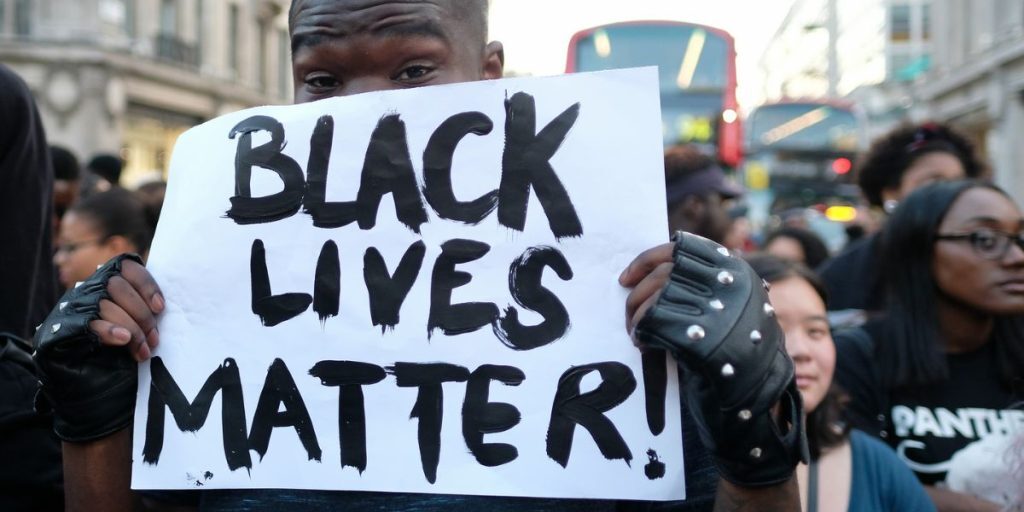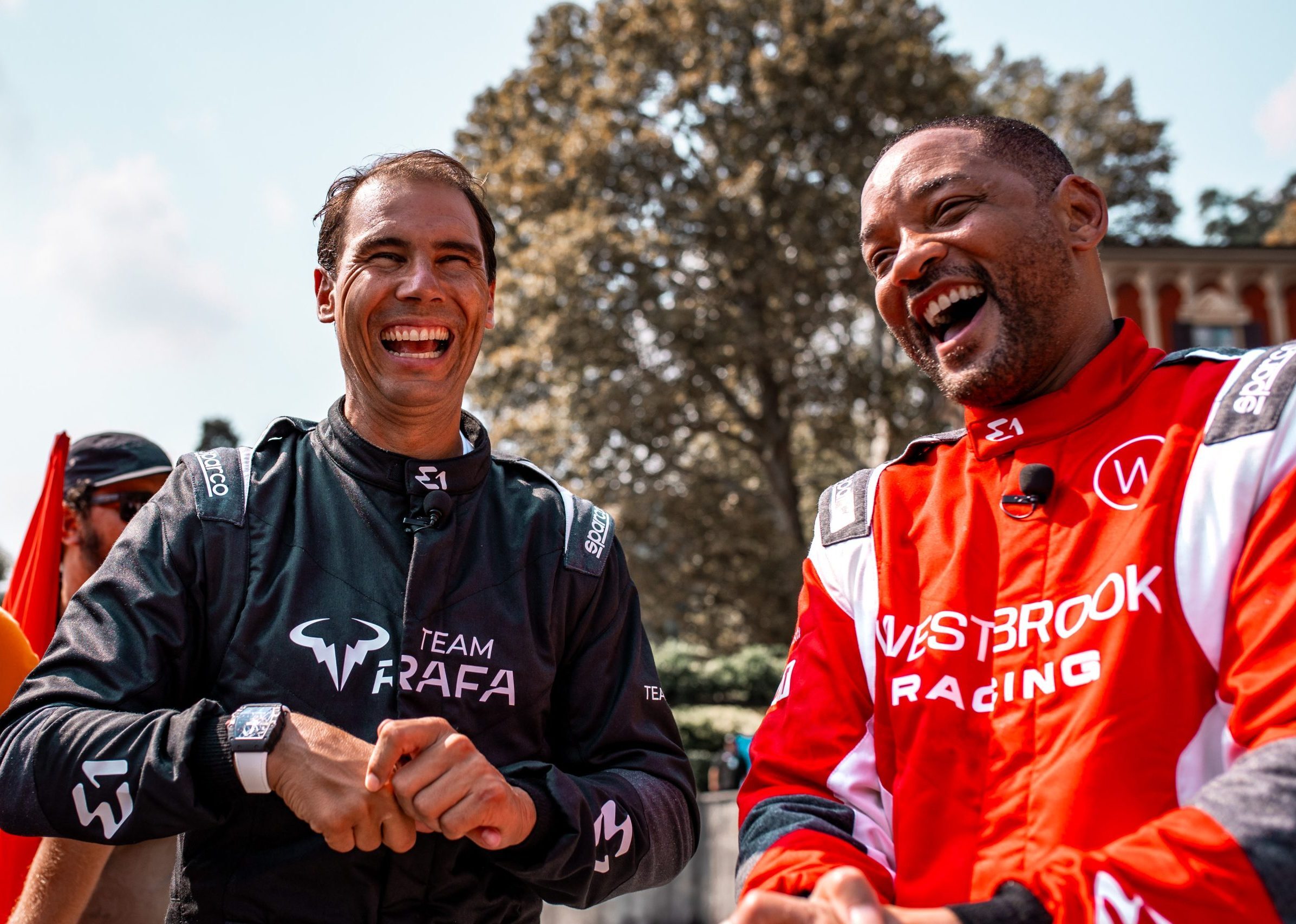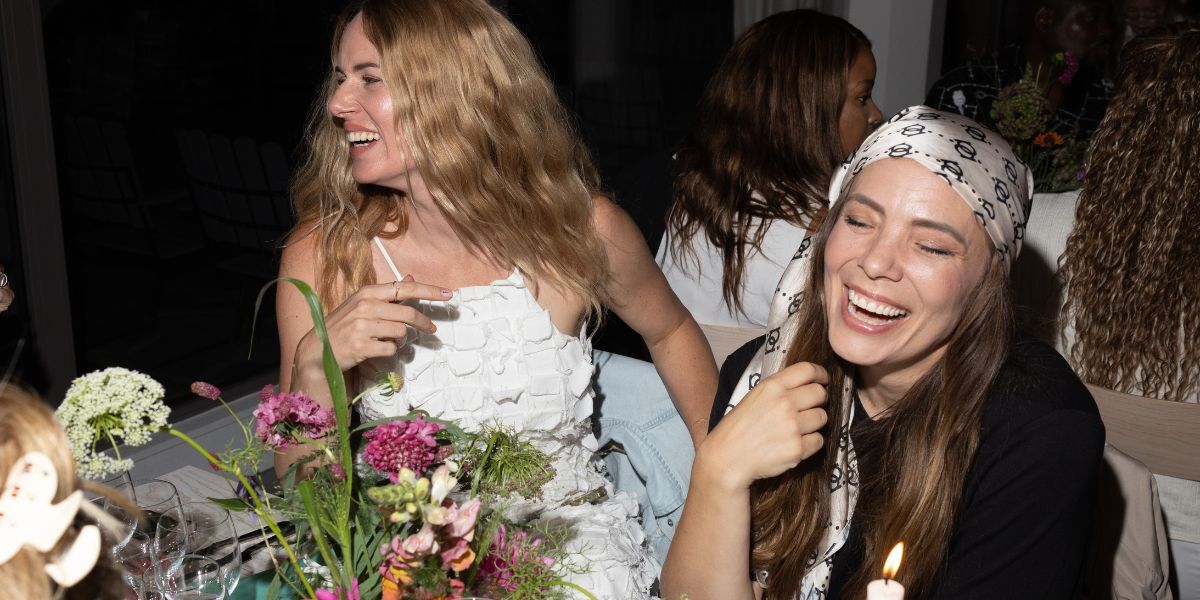Gen Z has been front and centre on brand strategy decks for years, informing campaign briefs, influencer rosters and media plans across the board.
Everyone wants to crack the so-called digital natives.
But by sticking to neat, 15-year generational brackets, are we oversimplifying the story?
In trying to define Gen Z as one unified cohort, we risk missing a divide within the generation that’s been growing since March 2020.
Who actually is Gen Z?
Gen Z is typically defined as anyone born between 1997 and 2012, which currently puts them between the ages of 13 and 28.
Naturally, a 13-year-old navigating secondary school and a 28-year-old climbing the career ladder have wildly different reference points, behaviours and values.
But many are drawing attention to a deeper split driven by one key global event: the COVID-19 pandemic, and more specifically, whether or not a person hit adulthood before or after March 2020.
Who is Gen Z 1.0?
The activist-inclined older siblings
Born between 1997 and 2003, Gen Z 1.0 had either already turned eighteen or were on the brink of adulthood when the pandemic hit.

Image: Gen Z 1.0 came of age during a wave of global activism, mobilising around movements like Black Lives Matter.
They straddle the analogue-digital divide. They knew life before the iPhone (Motorola Razors and Blackberries, to be specific), watched Instagram evolve from Valencia-filtered selfies to a full-blown commerce engine, and came of age during a wave of social activism.
Gen Z 1.0 entered adulthood with wide eyes and big plans – jobs, travel, flatshares – before the world hit pause. Their values are rooted in real-life experiences, political engagement and conscious consumerism. Culturally, they lean closer to millennials, with a flair for nostalgia and a belief in progress through collective action.
Who is Gen Z 2.0?
The sardonic digital natives
Now meet the younger siblings. Born between 2004 and 2012, Gen Z 2.0 was still in school when the world shut down.

Image: With their adolescence shaped by lockdowns, algorithmic feeds and rising scepticism, Gen Z 2.0’s engagement is decentralised, meme-driven and often rooted in niche online communities rather than mass mobilisation.
They’ve never known life without smartphones and see a single social media platform, TikTok, as entertainment, a search engine, a shopping portal and a social identity lab.
Their adolescence was shaped by remote learning, cancelled rites of passage and a creeping distrust of institutions. Some have leaned right politically in a counterreaction to pandemic-era restrictions and digital echo chambers, leading to a return to more conservative values playing out on social media.
What’s behind the Gen Z split?
Sociologists love a clean 15-year generational label – Gen X, Gen Y, Gen Z, Gen Alpha, Gen Beta, all follow this structure. But lived experience is often messier, and there’s scarcely a more globally, generationally significant event than a pandemic.
It redrew the rules for how we learn, connect, work, shop and socialise. Gen Z 1.0 matured before the disruption, and Gen Z 2.0 during and after. That changes everything from attention spans to political trust to spending behaviour.
What still unifies Gen Z?
Despite the division, both halves of Gen Z seems to lean into escapism as coping mechanism, seeking curated realities and nostalgic trinkets for comfort and control.
Online, this takes the form of disappearing into hyper-specific subcultures: cottagecore, gorpcore, fairycore, Barbiecore, vanilla-girl-core…the list goes on. Each aesthetic offers an immersive world to express identity, both digitally and in real life.
Offline, this escapism plays out in purchasing behaviour, often nostalgic, often tactile. It’s given rise to ‘trinket culture’, and the growing popularity of toy-shaped comfort buys like Jellycat, Labubu, Sonny Angels and Sylvanian Families.
Both Gen Z 1.0 and 2.0 are united by their desire to curate joy in chaos.
What does this mean for brands?
For brands, Gen Z marketing is about segmentation, cultural fluency and platform-native thinking.
It means meeting your audience exactly where they are, be it at a purpose-driven pop-up or deep in a Discord thread, and requires a layered, insight-led approach.
A campaign that hits home with Gen Z 1.0, rooted in activism, real-world experiences, and brand transparency, might not resonate as well with Gen Z 2.0, who expect digitally immersive, AI-aware, hyper-personalised storytelling. And if Gen Z is your audience, you’ll want to hit the mark with both groups.
This era calls for nuanced narratives, adaptable strategies and culturally intelligent execution.
It’s time to get specific.
Want to create campaigns that resonate with Gen Z and beyond?
As a fully integrated creative marketing and communications agency, we craft culturally intelligent campaigns that cut through the noise and resonate with the right audience, at the right moment, on the right platform.

About the author
Natalie Clement
As a digital marketer, writer, and editor, Natalie has worked across sectors including lifestyle, technology, and tourism internationally.





